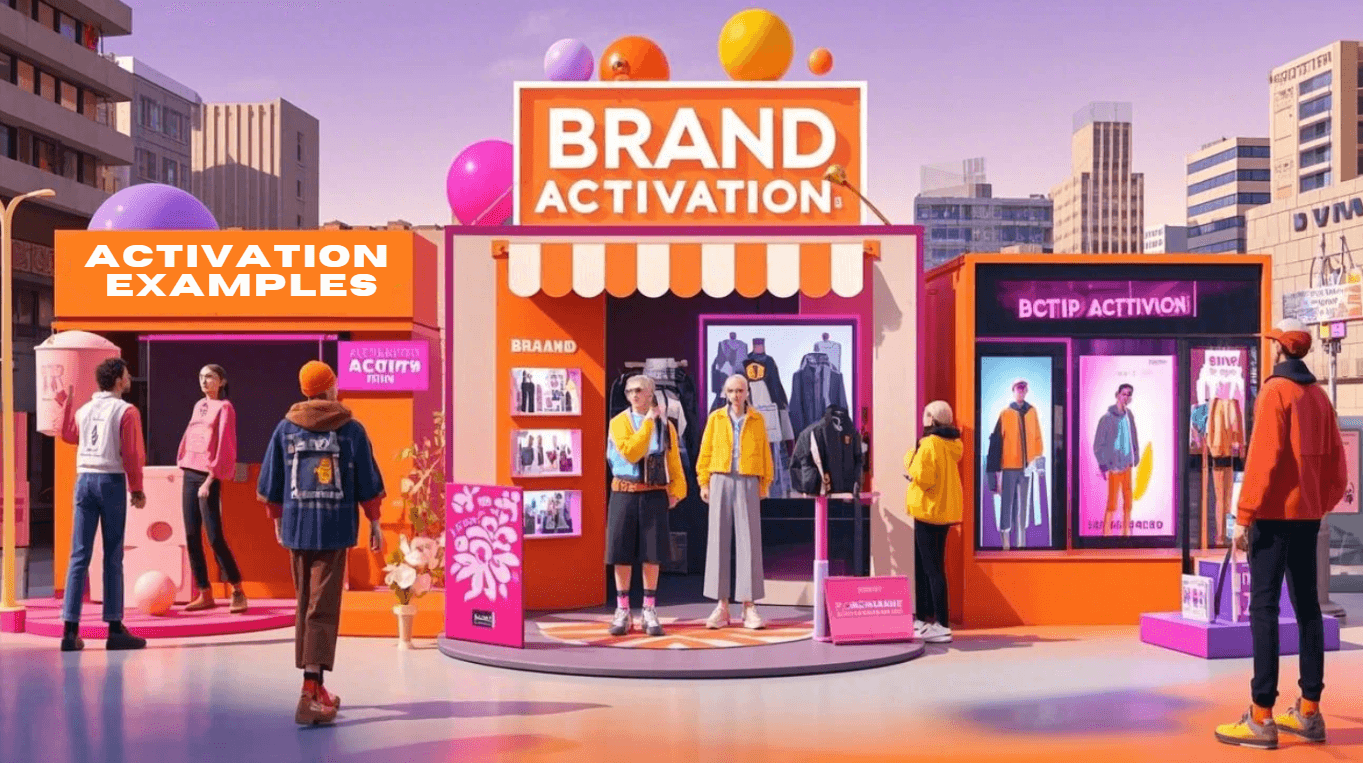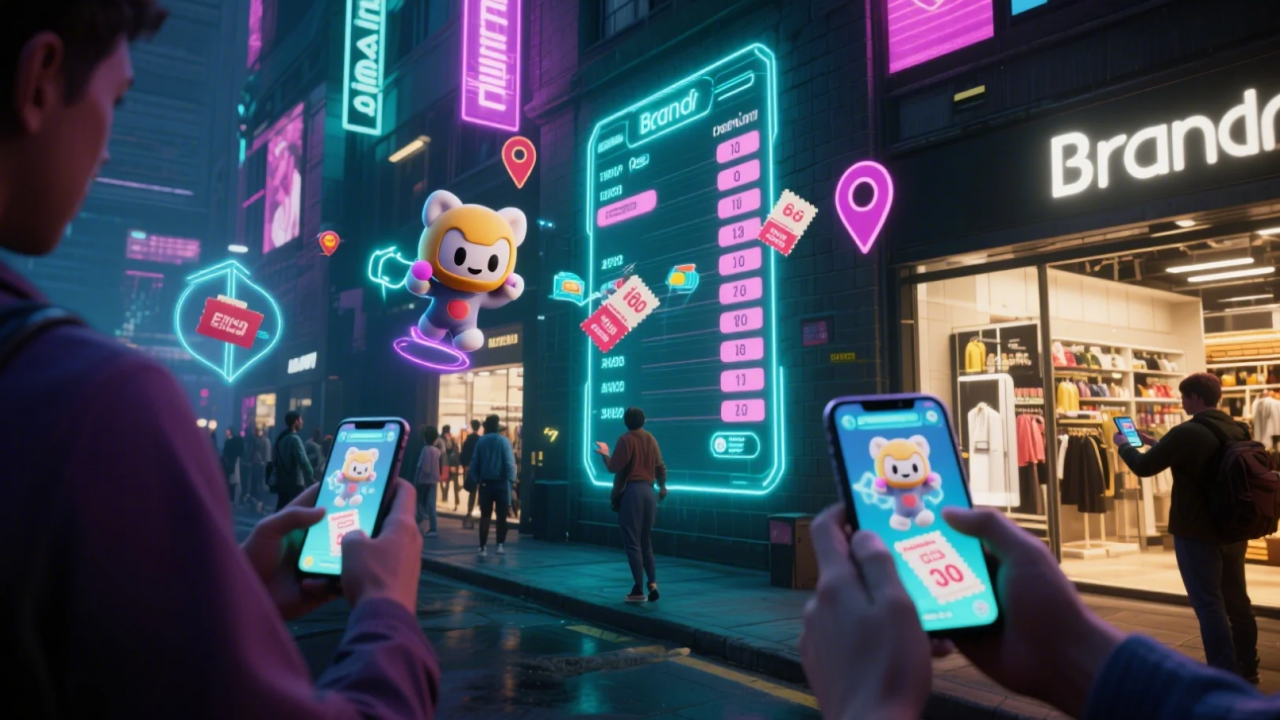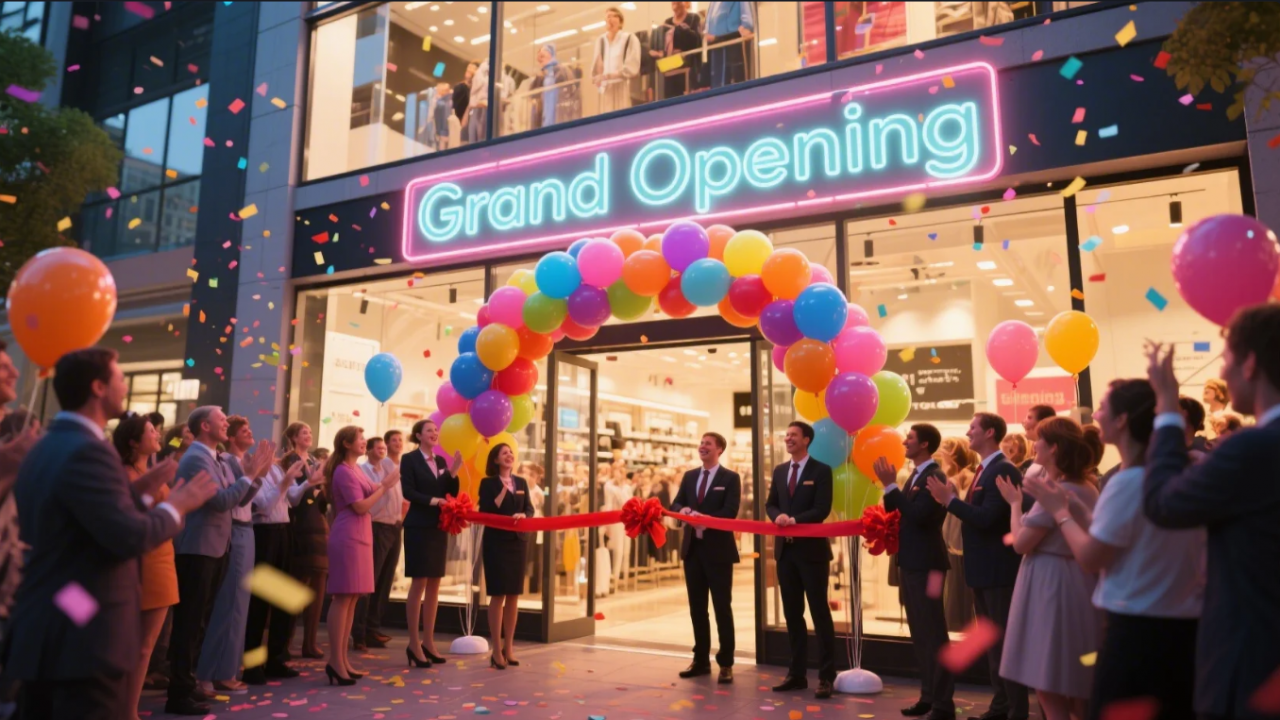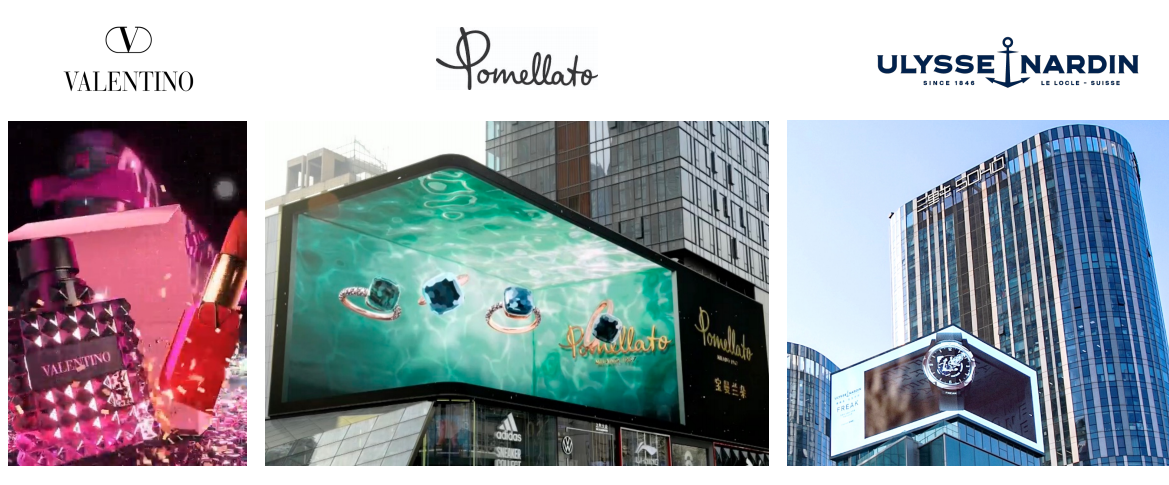What is a brand activation?
Brand activation is a marketing technique that aims to drive awareness and participation by inviting consumers to engage with a brand directly. In contrast to conventional advertising, which primarily informs or convinces, brand activation is geared towards developing experiential connections that drive action, like trying a product, sharing on social media, or fostering brand loyalty. This strategy typically incorporates live events, experience marketing campaigns, pop-up stores, product sampling, influencer collaborations, and online interactions that encourage engagement. The idea is to animate the brand in a manner that speaks emotionally to the public, ultimately driving brand recall and customer loyalty.Role of innovative brand activations in digital marketing
Many individuals confuse digital marketing innovation with brand activation. In brand activation, the leverage comes in the form of interactive elements, as seen in augmentation and virtual reality. Gamified experiences through three-dimensional approaches make it a happening participation from consumers. When we talk about viral potential in digital marketing, brand activation has more chances of increasing engagement since it amplifies brand reach organically. Many brands are focused on interactive campaigns showcasing pop-ups and immersive experiences. This type of campaign fosters more emotional connections and enhances customer loyalty.Top 10 Brand Activation Examples for 2025
Experiential Marketing: Immersive AR and VR experiences
Traditional digital marketing practices consistently face the challenge of capturing the interest of distracted customers. That is why, modern strategies like Augmented Reality (AR), and Virtual Reality (VR) are transforming how customers engage. These tools provide immersive and interactive encounters that go beyond the classical marketing methods.Livat Shanghai Grand Opening
For example, the opening of Ingka’s new Livat Shanghai was an event full of exciting and futuristic AR experiences. The core attraction of the event was the ‘’Innovation Hub’’, which takes the visitors to a Livat Planet AR Fantasy World. Here, they could enter into interactive zones like Planet Forest, Planet Ocean, Planet Wildflower, and Planet Wonderland. The use of immersive techs like AR made the event a lot more thrilling and happening.
Integration of influencers and brand ambassadors
Influencer collaborations and brand ambassador marketing are booming immensely. App pop-ups featuring influencers, create unique and memorable experiences. It leads to long-term brand-consumer relationships with high affinity.
Adidas x Kylie Jenner Activation
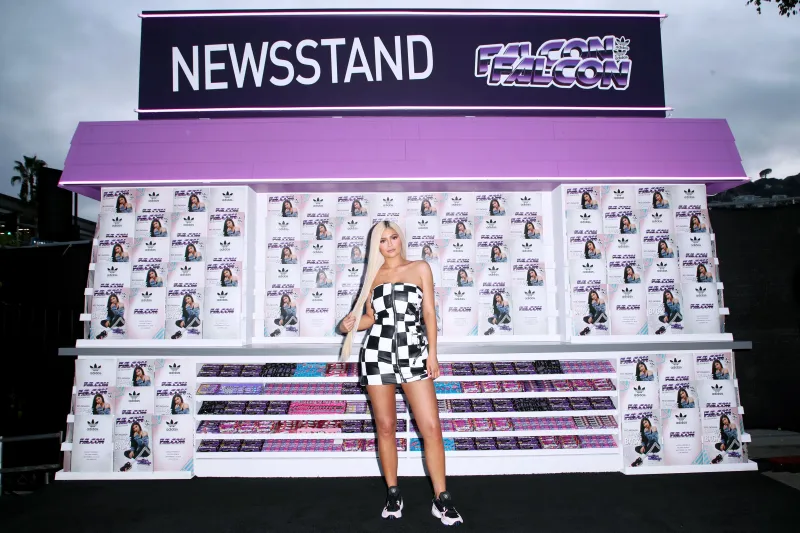
Source: WWD
Adidas once excellently collaborated with the influential Kylie Jenner for a pop-up event. It combined the power of endorsement with an immersive experience. Results? All collection was sold out and the brand enjoyed massive customer engagement.
Fenty Beauty’s Global Pop-Ups

Source: fashionunited
Fenty Beauty often uses pop-up events and collaborates with influencers as well as celebrities to soft launch and showcase their new products. Such events and sponsorships not only create social media buzz but also develop a sense of exclusivity that leads to sales.
Hybrid activations: merging physical and digital experiences
In this digital era, it’s all about going big and to create an extravagant experience, and hybrid activations can achieve that. For example, QR codes, billboards powered by AR, and engaging installations catch consumers’ attention that goes beyond the traditional brick-and-mortar approach.
Jordan’s ‘’World of Flight’’ Store at Beijing Sanlitun
Jordan opened its first ‘’World of Flight’’ store in Beijing Sanlitun, China and the unveiling of the store was full of immersive AR experiences. Attendees were guided to the entrance of the store through AR navigation. By canning the store building with mobile cameras, they could visualize digital basketballs, AJ1s, and shoeboxes flying in the air. This created eye-catching visuals that left the viewers in awe and kept them highly engaged.
Burberry’s Interactive Store in Shenzhen
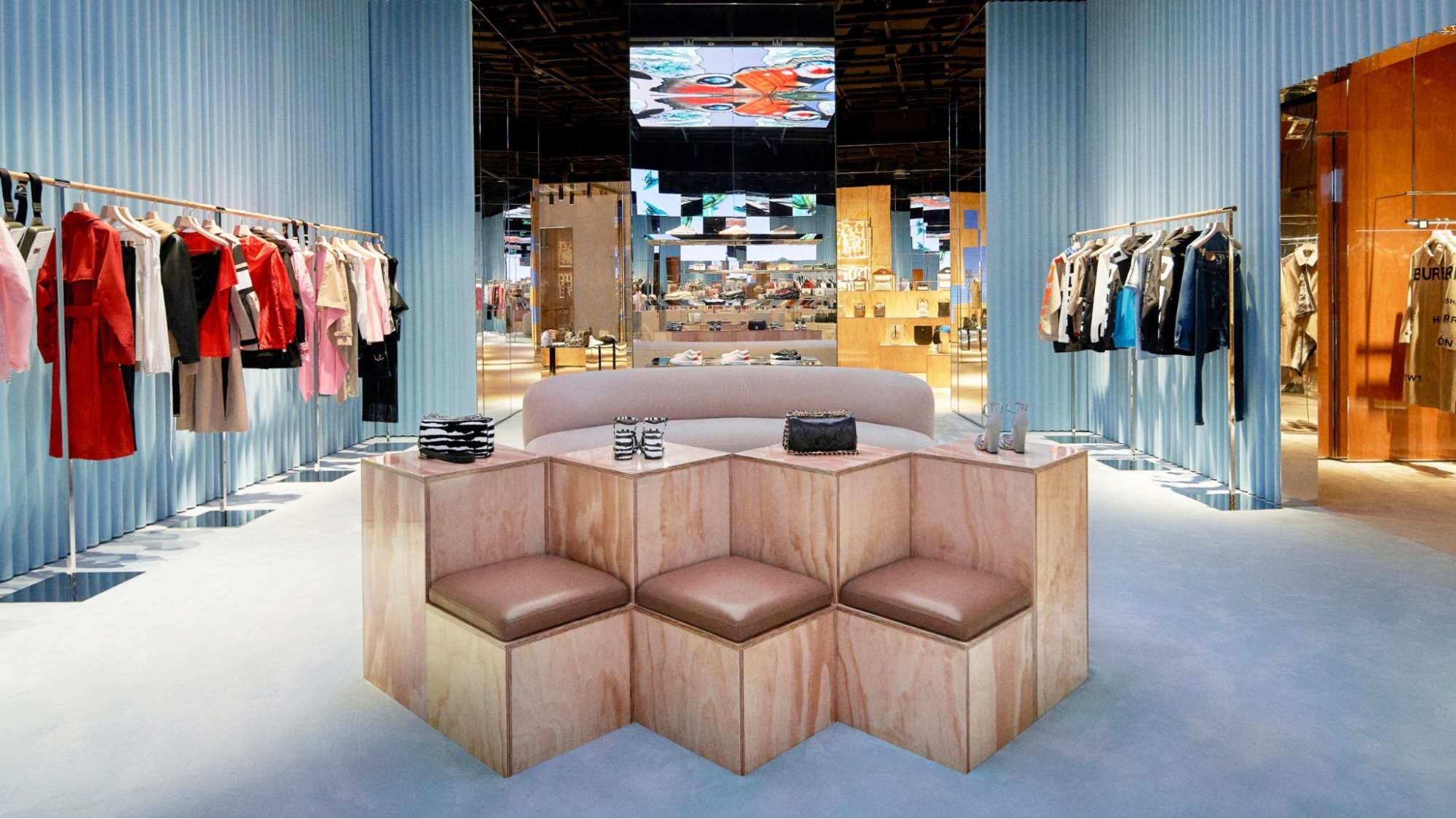
Source: jingdaily
Burberry also improved its brand experience by launching a digitally powered flagship store by collaborating with WeChat in China. Customers used WeChat to access, and interact with new products, unlocking exclusive content.
Sustainability as a core brand value
As consumers are becoming more environmentally conscious, they push brands to adopt sustainable and eco-friendly practices both in manufacturing and experiential marketing.
Patagonia’s Worn Wear Initiative

Source: circularx
Patagonia launched a pop-up in their stores where they encouraged their customers to replace the old gear with store credit. In this way, the brand not only promoted the importance of recycling but also the brand’s dedication to green practices.
Adidas x Parley for the Oceans

Source: Parley
Adidas also collaborated with Parley, to endorse awareness about ocean conservation. For that, Adidas launched limited-edition sneakers manufactured specifically by ocean plastic. They marketed this whole campaign utilizing interactive experiences educating consumers, while also building brand credibility.
Gamification and interactive experiences
Gamification is a brain workout. What is more attractive than a physical experience in a digital way? Turning brand touchpoints into interactive experiences via challenges, and rewards, not only improves customer participation but also leads to increased brand recall.
Maybelline NY’s AR & 3D Experience
Maybelline NY introduced an immersive marketing campaign to promote its Beat Limited Edition Collection. The playful campaign uses AR and 3D tech to make beauty shopping more fun. Users can select and try their favorite looks with just one tap in a gamified environment. Through its virtual makeup game, the brand offered its users interactive explorations, free trials, and exclusive challenges with great rewards.
Samsung’s Galaxy Studio
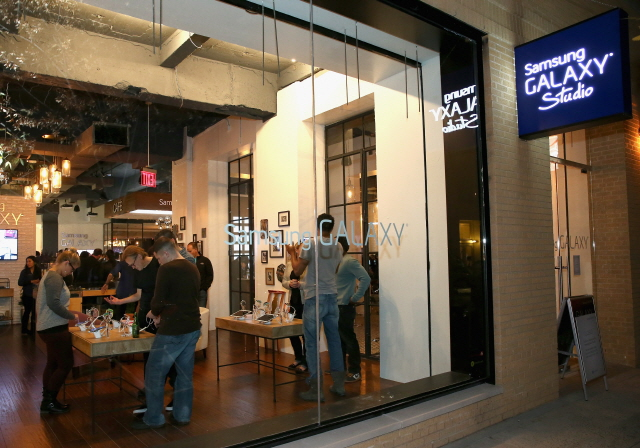
Source: Samsung Mobile Press
Similarly, Samsung introduced interactive installations in its Galaxy Studio. Here, users can test products via gamified challenges, improving interaction with the brand. This is a great way to attract foot traffic and earn engagement.
Social media integration: real-time interactions and UGC
From live-streaming to user-generated content on pop-ups and kiosks, brand activation boosts the reach of any business. Therefore, live-streaming and user-generated content (UGC) amplify brand activation, encouraging real-time peer-to-peer encouragement.
LOEWE’s Qixi AR Experience
Loewe introduced an adorable AR experience, using delightful AR filters, to celebrate the Chinese Valentine’s Day, Qixi. Users could snap fun moments with their loved ones using the cuddly hedgehog filter, along with butterfly and star filters. The symbolization of love with hedgehogs can be recorded in dual-shot modes or solo shots. This unique way to express love and share feelings made the Qixi a lot more meaningful and fun.
Starbucks’ #RedCupContest
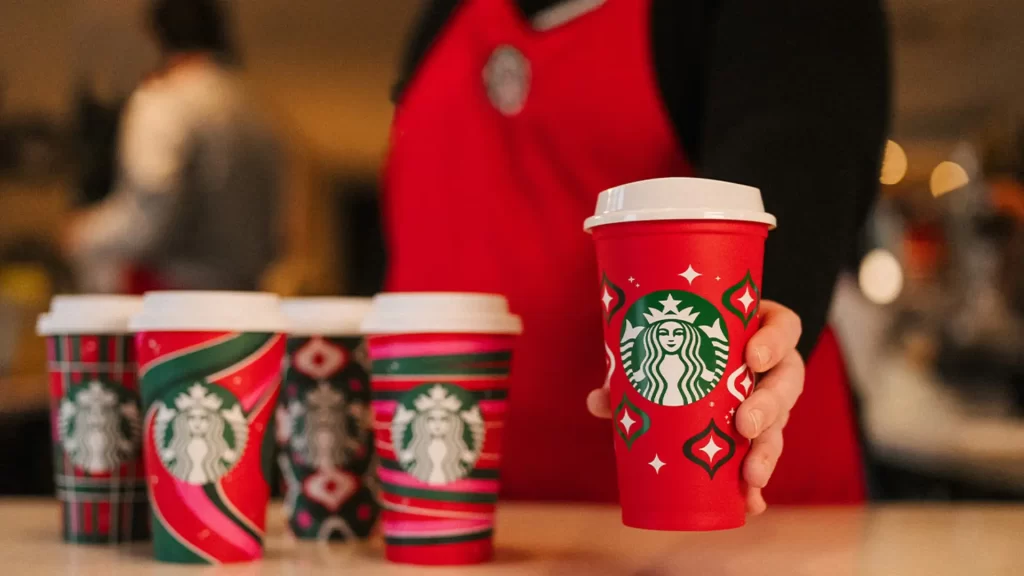
Source: threezi
Starbucks also launched its #RedCupContest campaign. In this campaign, users were pushed to share their holiday-themed cup designs on their social media handles. As a result, the brand enjoyed massive UGC content that led to increased engagement.
Hyper-personalized and targeted activations with AI
Brands who employ AI-driven customized experiences, often seek to create seamless product trials and recommendations. AI offers a touch of personalization to the customers before they make a purchase.
Dolce & Gabbana’s Dragon Year Emoji Game
Dolce & Gabbana got creative to celebrate the Year of the Dragon with a Dragon Year Emoji Game. This interactive experience allowed users to create and save personalized Dragon-themed emoji packs and posters. Using AI and generative content (AIGC), they could unlock WeChat stickers with DG’s virtual gachapon machine. This made the Dragon Year celebrations more playful and exciting.
Exclusive Pop-up experiences
Pop-up stores and kiosks thrive on exclusivity and FOMO (Fear of missing out). These exclusive experiences make brand activations unique as well as memorable.
Biotherm Hainan Pop-Up Store AR Experience
The gamified pop-up store of Biotherm in Hainan showcased fluffy cloud installation and engaging workshops to promote the Cera Repair cream. Users could interact with dreamy AR clouds and snap fun interactions using AR. It not only created buzz about the brand but eventually led to high foot traffic as well.
Glossier’s Temporary Retail Strategy

Source: Glossy
Glossier encourages immediate purchases by following a very clever strategy. The brand arranges its pop-up stores in limited cities bound by a time limit. This increases demand and encourages high sales volume.
Product interaction
To ease up the purchase decision for customers, brands came up with robust solutions, like free trials and product sampling campaigns. With free samples, and trials consumers can enjoy a hands-on experience, eliminating doubts and improving their confidence in the product.
YSL Beauty’s LIBRE Eau de Parfum 3D Experience
Recently, YSL Beauty launched its immersive 3D experience enabling users to test fragrance in an immersive way. It allowed the users to explore the unique scent profiles and appreciate the classy couture bottle design up close. This makes it easier for users to find their signature scents online, without much hassle.
In-store interactive installations and engagement
Now that we have talked about all the free sampling and trials, how are brick-and-mortar stores still trying to stay relevant when everything is becoming online? From shopping to food, everything is just a touch of the screen. Physical shops are incorporating more ways to captivate customers and engage them in innovative ways.
That’s where the in-store interactive installations come in. For instance, YSL, a luxury brand, is not stepping down. The Beauty Zone VR pop-up is a fine example of this type of brand activation. Walking in, any consumer can enjoy a preview of the product. The AR and VR pair lets you get an idea of the fragrance’s smell and preview the ingredients.
Conclusion
Understanding the brand’s proficiencies is very important. Making a purchase beforehand is not enough to increase the returning customer rate. Brand activation must create transparency and authenticity. Kivisense is one of the few businesses that has introduced all types of virtual try-on experiences. It is also one of the few businesses worldwide to have been hand-picked by Meta for investment. Contact us now.

